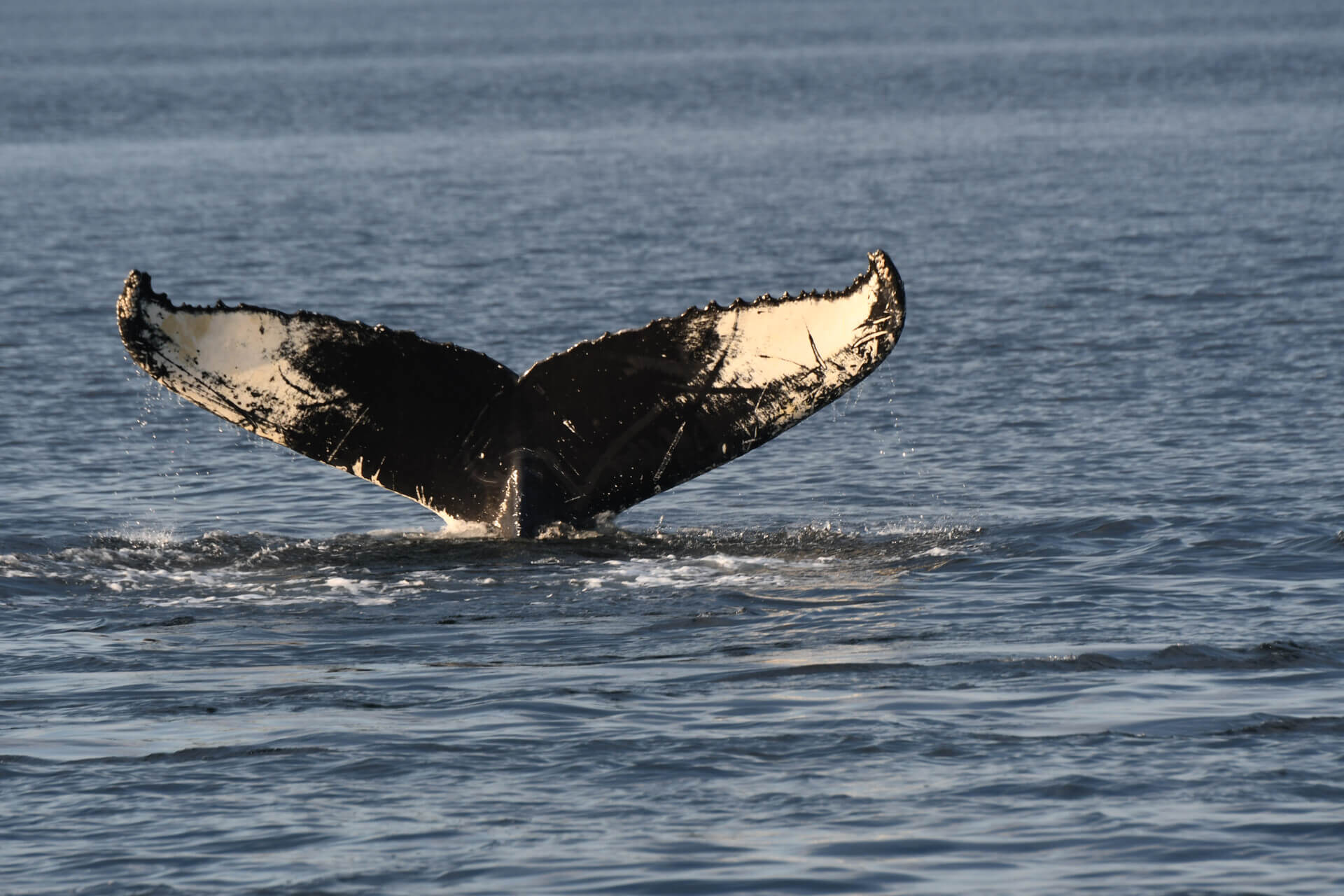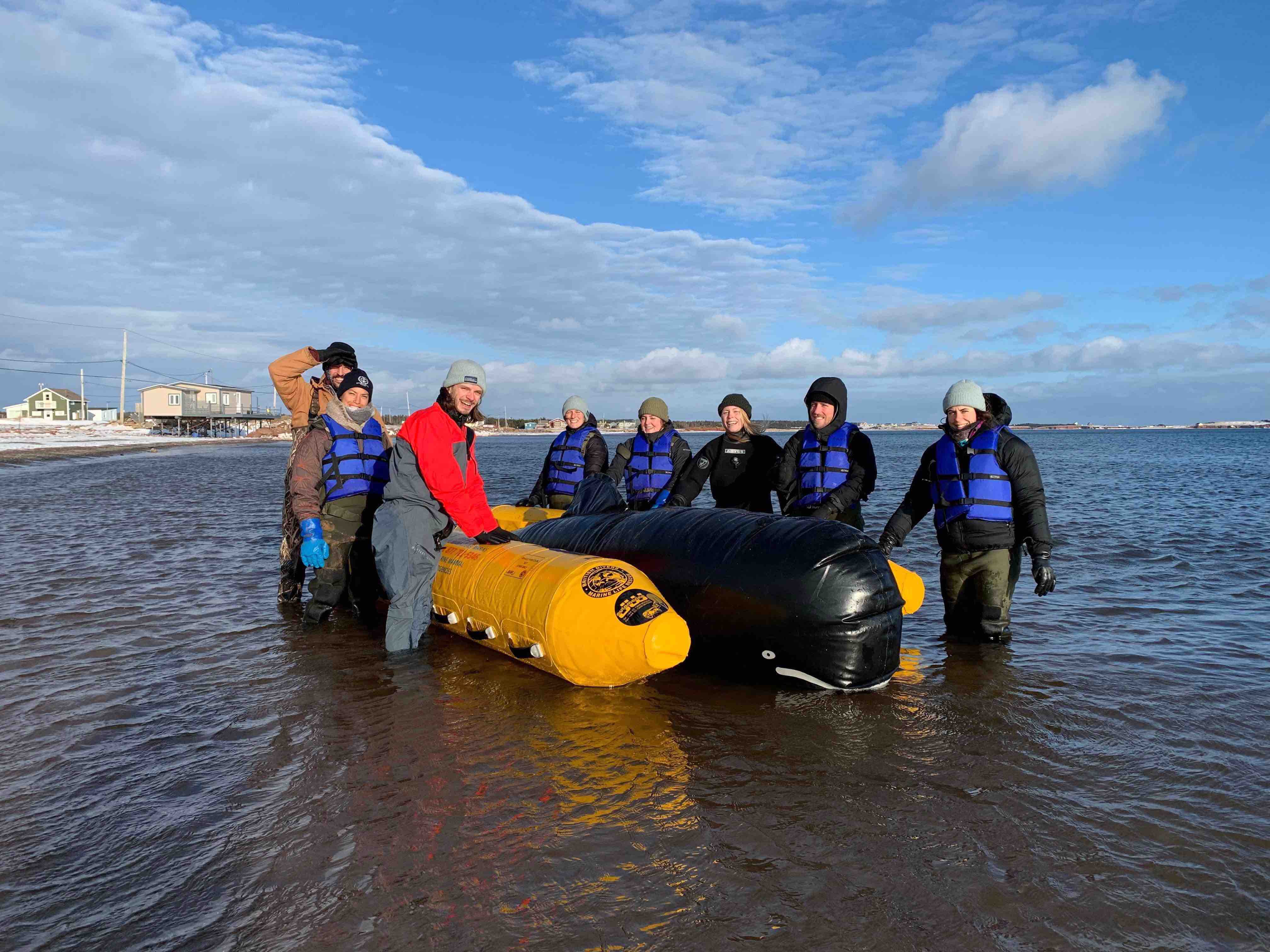Now that the ice has receded from the St. Lawrence, seals must find new platforms out of the water to rest, moult or even give birth. The rocks and beaches of Quebec’s Bas-Saint-Laurent, Gaspésie and Côte-Nord regions will therefore once again be playing host to these marine mammals.
Here are a few things to keep in mind to enjoy your next observation without disturbing the animals.
- If a seal is out of the water, it’s because it needs to be.
- Do not approach the animal; stay at least 50 m away to avoid causing it stress.
- Do not try to feed it; its survival depends on its ability to hunt fresh prey (in fact, feeding seals is against the law).
- Do not try to handle it, coax it back into the water or spray it; it is not only necessary, but also illegal.
- If the seal grunts when it sees you or your dog, it is a sign that it is alert and is reacting to your presence. Consider it a reminder that you need to move away. A seal is capable of moving quickly and can be unpredictable. This wild animal can bite and transmit disease.
- Keep your dog(s) on a leash, for the well-being of both your pet(s) and the seal.
- A shivering seal is not necessarily ill; shivering generates heat.
When is a seal in danger?
Sometimes a seal chooses a resting place that interferes with human activities, such as a road, a busy dock or a landing strip. In these cases, the Quebec Marine Mammal Emergency Response Network and its partners are there to intervene for the animal’s safety.
Additionally, if the seal has visible wounds, if it is being disturbed by humans or if it becomes aggressive, the Quebec Marine Mammal Emergency Response Network can be contacted 24/7 at 1-877-722-5346. Any information provided by the public will be used to establish a tailored response plan in collaboration with veterinarians and experts familiar with the species in question.
Spring thaw with a few surprises
A less pleasant surprise than spotting a seal at rest is the discovery of a seal or whale carcass that can occur with the retreat of the ice. Even when the animal’s carcass is no longer intact, the Quebec Marine Mammal Emergency Response Network wishes to be informed of the observation. Carcass monitoring can play a role in detecting changes in the environment, preventing future mortalities and accumulating valuable information on pinniped and cetacean biology.






